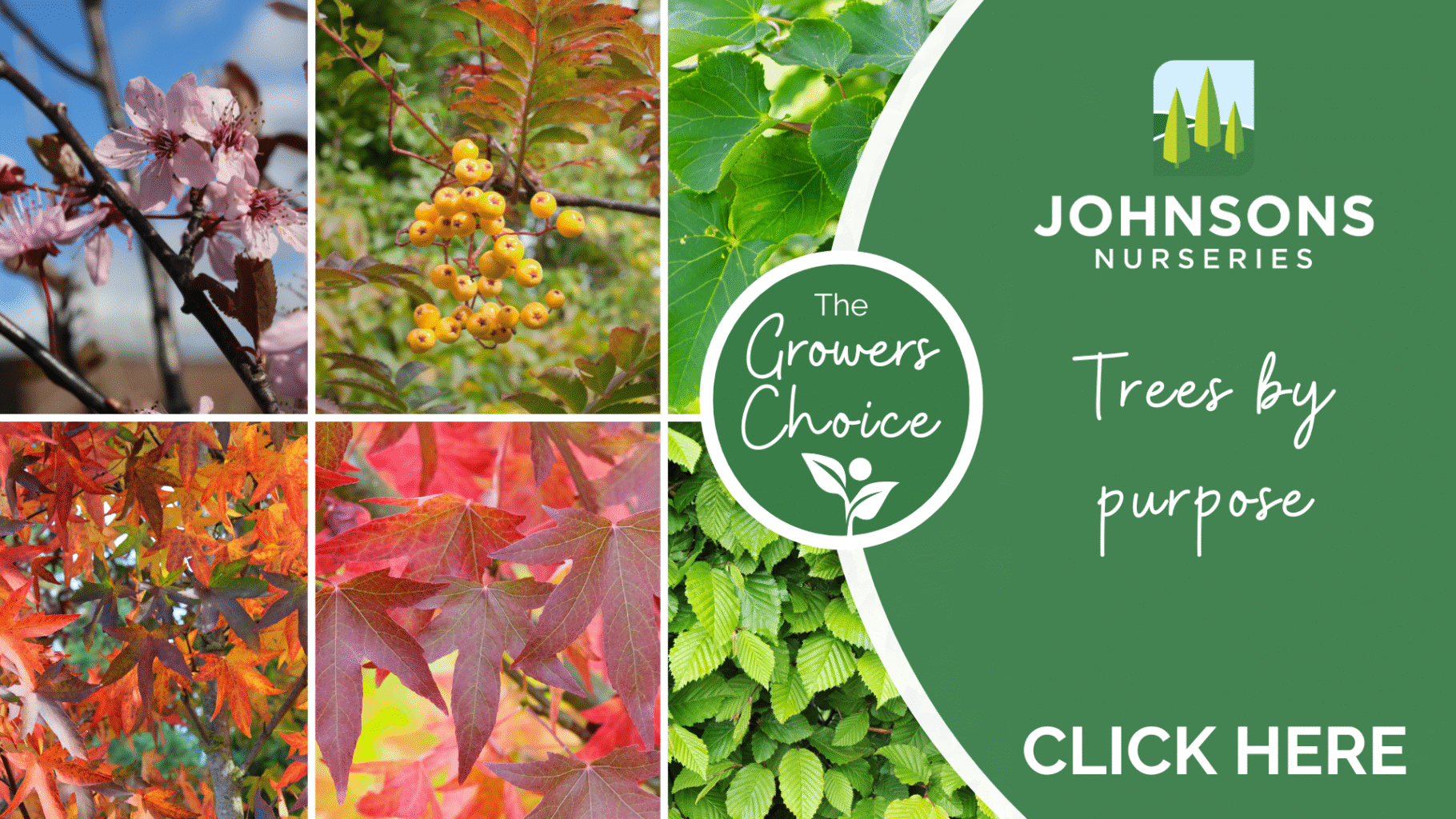
From urban gardens to open parklands, trees shape every landscape. They offer shade, shelter, seasonal interest, and vital environmental benefits — from supporting pollinators to filtering air and locking in carbon.
To help you choose the right trees for your site, our growers have selected tried-and-tested varieties that perform reliably across different landscape uses. All are available as Bare Root (BR) or Root Ball (RB) stock from November to March (weather permitting) and in container pots throughout the year.
——————————————————————————————————————————————
Ideal for: Urban spaces, courtyards, compact planting schemes
A graceful, multi-season small tree with spring blossom, bronze-tinted new growth, and orange-red autumn colour. Wildlife-friendly and manageable in size.
🌸 Flowers: April
☀️ Position: Full sun – partial shade
🌳 Height: 4–6 m
🌱 Soil: Moist, well-drained, slightly acidic preferred
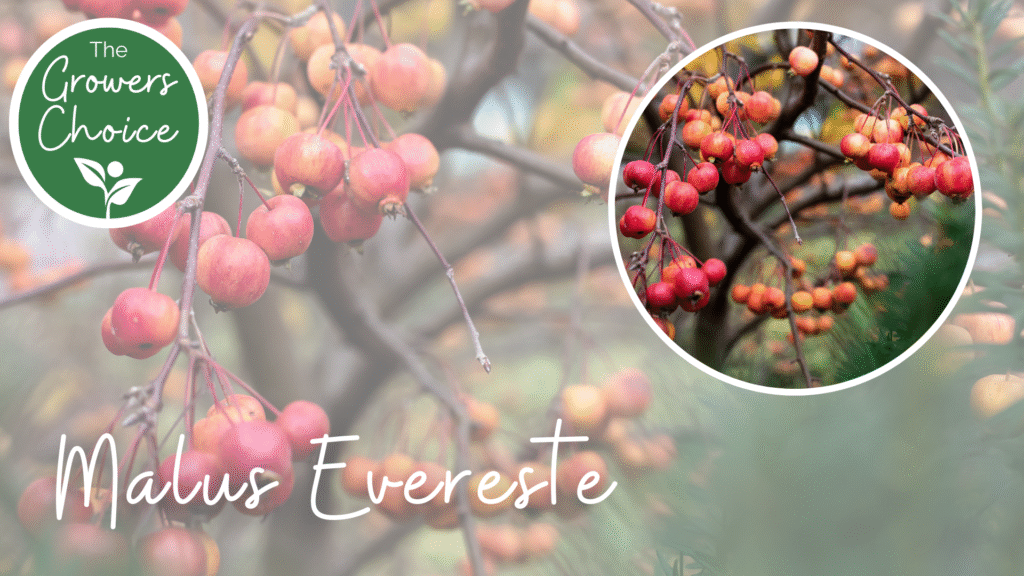
An ornamental crab apple with fragrant blossom and attractive orange-red fruits that persist into winter. Supports pollinators and birds.
🌸 Flowers: April–May
☀️ Position: Full sun
🌳 Height: 4–5 m
🌱 Soil: Well-drained, fertile soil
A compact, native tree with attractive lobed foliage and good tolerance of urban conditions. Works well in avenue or feature planting.
🍂 Interest: Autumn foliage
☀️ Position: Full sun – partial shade
🌳 Height: 6–8 m
🌱 Soil: Most soils, including clay and chalk
Striking deep purple foliage and bright pink spring blossom. A colourful addition to small planting spaces.
🌸 Flowers: March–April
☀️ Position: Full sun
🌳 Height: 5–7 m
🌱 Soil: Well-drained, fertile soil
——————————————————————————————————————————————
Ideal for: Biodiversity, rewilding, conservation planting
Attractive clusters of berries in autumn and creamy flowers in spring. A valuable native tree for birds and pollinators alike.
🌸 Flowers: May
☀️ Position: Full sun – partial shade
🌳 Height: 6–10 m
🌱 Soil: Moist, well-drained, tolerates poor soils
Rich in nectar, pollen, and berries — supports a wide range of birds and insects. Perfect for field edges or mixed native schemes.
🌸 Flowers: May
☀️ Position: Full sun – partial shade
🌳 Height: 4–6 m
🌱 Soil: Most soils, including clay and limestone
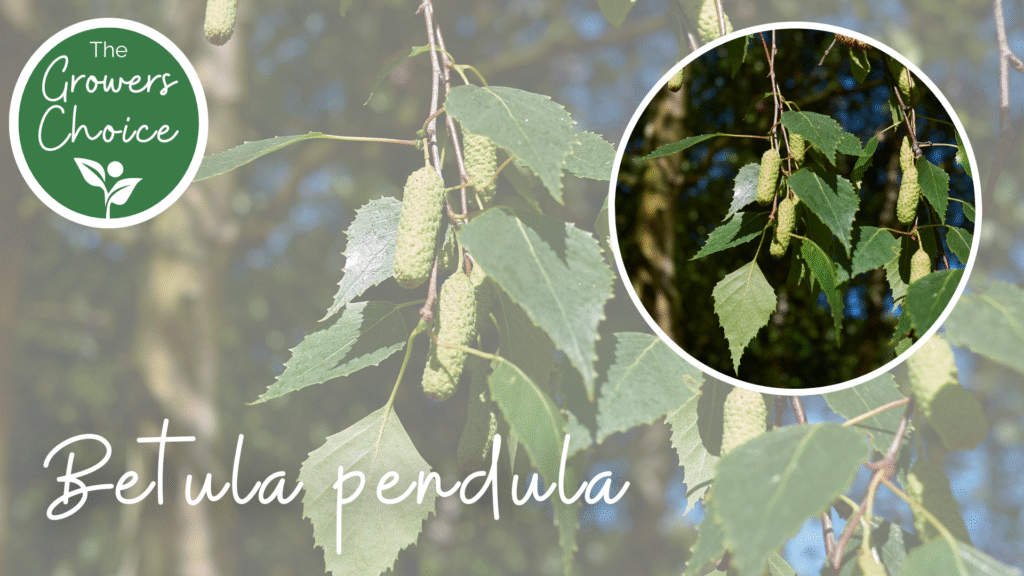
Graceful, light-canopied tree that supports hundreds of insect species.
🌸 Catkins: April
☀️ Position: Full sun
🌳 Height: 8–12 m
🌱 Soil: Well-drained, sandy or loamy soils
Shrub/small tree with lace-cap flowers and bright red autumn berries for birds.
🌸 Flowers: May–June
☀️ Position: Sun or light shade
🌳 Height: 3–4 m
🌱 Soil: Moist, fertile, humus-rich soils
——————————————————————————————————————————————
Ideal for: Windbreaks, screens, large-scale landscapes
Tough, architectural form with crinkled leaves and tolerance for heavy soils.
🌸 Catkins: April
☀️ Position: Full sun – partial shade
🌳 Height: 10–15 m
🌱 Soil: Moist, well-drained, clay-tolerant
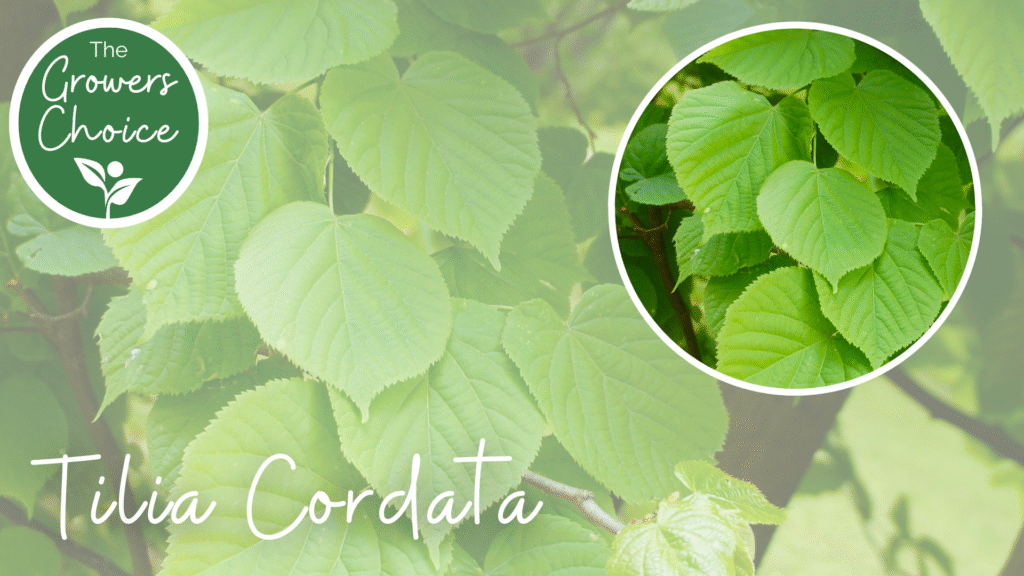
Statuesque tree with fragrant summer flowers loved by pollinators.
🌸 Flowers: June–July
☀️ Position: Full sun
🌳 Height: 15–20 m
🌱 Soil: Fertile, moist but well-drained
A keystone native tree with a massive ecological role and long lifespan.
🌸 Catkins: April–May
☀️ Position: Full sun – light shade
🌳 Height: 20 m+
🌱 Soil: Deep, fertile, well-drained; clay-tolerant
Fast-growing evergreen, aromatic foliage, and ideal for screening.
🌸 Flowers: April (inconspicuous)
☀️ Position: Full sun – partial shade
🌳 Height: 12–15 m
🌱 Soil: Moist, fertile, well-drained
——————————————————————————————————————————————
Ideal for: Feature planting, seasonal display, ornamental use
Glowing red, orange, and purple autumn foliage. Maple-like leaves.
🍂 Autumn Colour: October–November
☀️ Position: Full sun
🌳 Height: 10–15 m
🌱 Soil: Moist, fertile, well-drained, slightly acidic
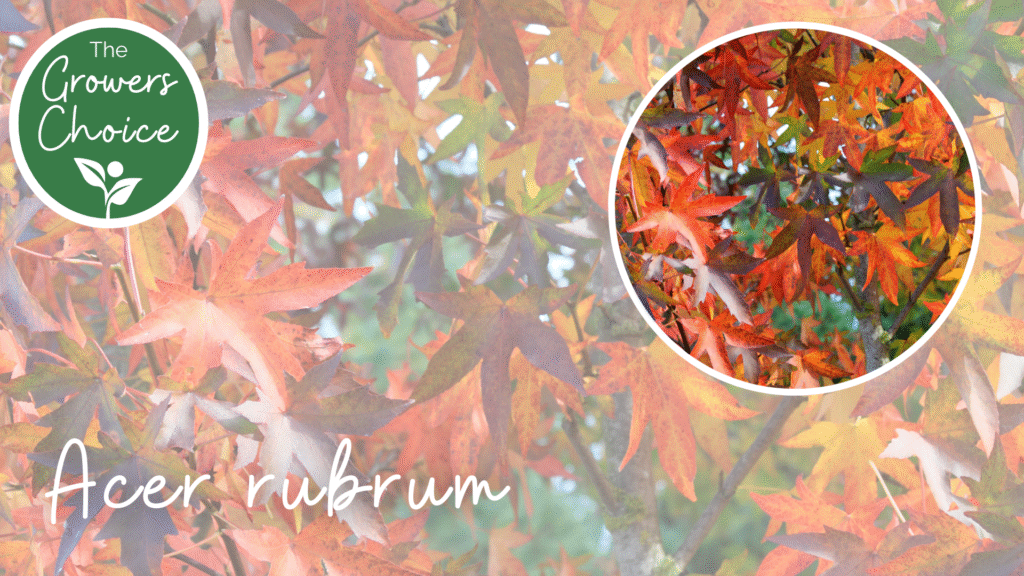
Fiery red autumn foliage and strong vertical form. Best in acidic soils.
🍂 Autumn Colour: October
☀️ Position: Full sun
🌳 Height: 10–12 m
🌱 Soil: Moist, slightly acidic, well-drained
Double pink blossom in spring makes this a show-stopper.
🌸 Flowers: April
☀️ Position: Full sun
🌳 Height: 6–8 m
🌱 Soil: Fertile, well-drained
Early flowering with golden blooms and edible red fruit in late summer.
🌸 Flowers: February–March
☀️ Position: Full sun – partial shade
🌳 Height: 5–7 m
🌱 Soil: Fertile, well-drained, chalk-tolerant
——————————————————————————————————————————————
——————————————————————————————————————————————
Our Bare Root and Root Ball trees are available for planting from November to March. Stock is limited and weather-dependent, so early reservation is recommended.
📞 Contact our sales team for availability and quotes.
📧 Or request a quote via our website.
Posted 20th Aug 2:22pm